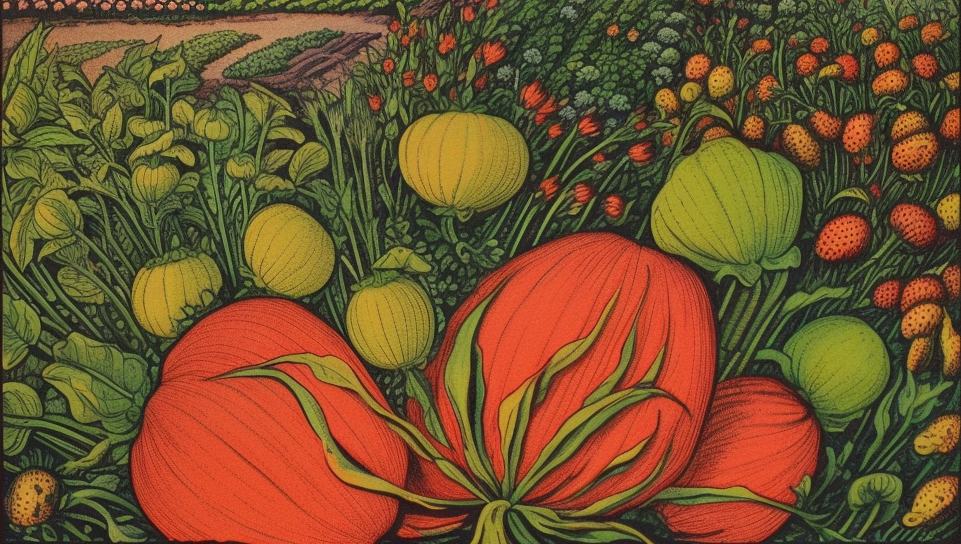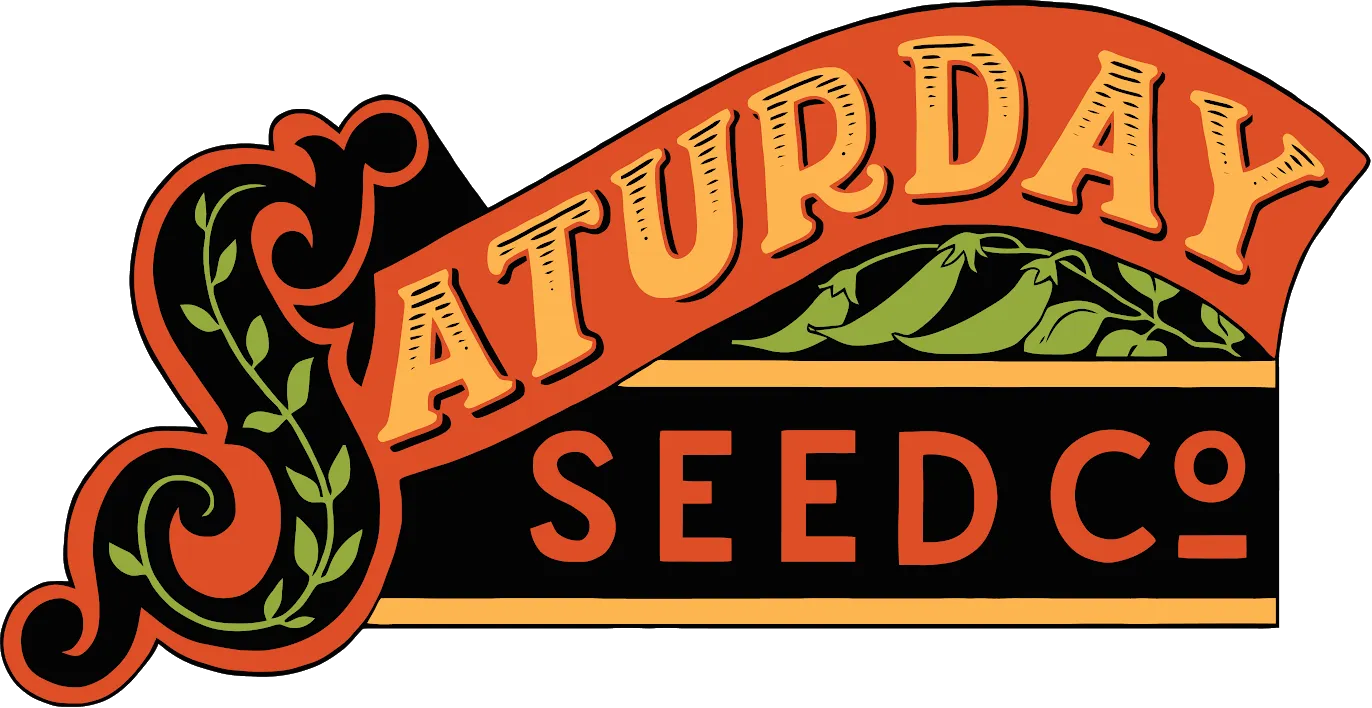Coastal Star Lettuce
Organic. Open-Pollinated. Non-GMO.
300 seeds approx. per packet approx.
65 days to maturity.
Heat tolerant romaine for spring or late summer harvests.
Coastal Star is a dark green, tall romaine similar to Parris Island or Darkland Cos, but taller and darker. Sturdy heads with a firm rib down the center; great for hearts or box pack. From our partners at Vitalis Organic Seeds. Tall, sturdy heads.
Get the latest news and discounts delivered right to your inbox.

Thank you! Your submission has been received!

